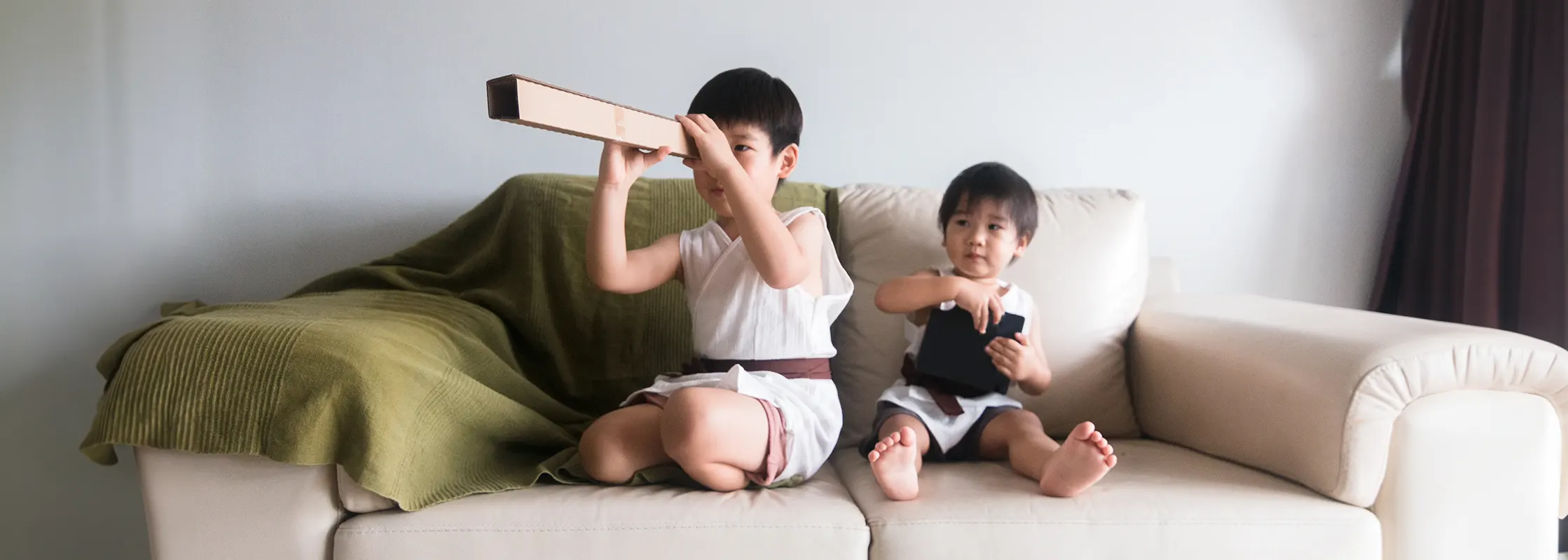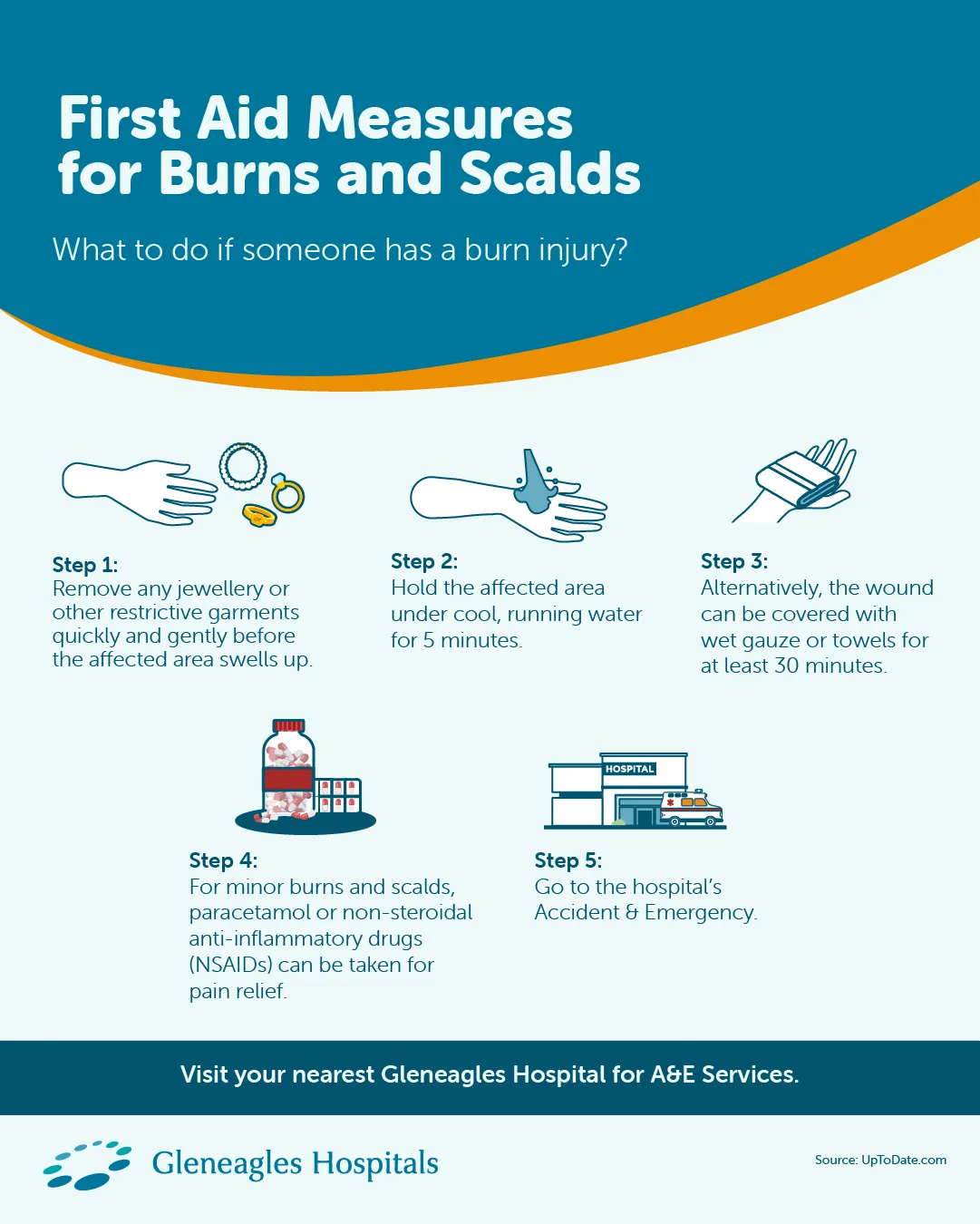Childhood is full of exploration, curiosity, and energy, yet it is also a period when accidents could occur more frequently. For parents and caregivers, it is vital to understand common childhood accidents that could happen during a child's formative years to ensure their safety and well-being.

Bumps and bruises
Minor bumps and bruises are natural aspects of a child's growing up years. Allowing your child to investigate their surroundings (under supervision) aids in their growth and education. However, if your child sustains unexplained injuries or bruising, it is essential to ascertain the cause of the injury.
When to seek medical attention:
- Your child vomits persistently.
- Your child complains it hurts.
- Your child is not responding at all.
Do note that one of the signs of a severe head injury is being unusually sleepy.
Burns and scalds
A burn is damage to the skin, which is caused by direct contact with something hot. Burns can also be caused by certain chemicals, electricity, and friction.
A scald is a burn that is caused by a hot liquid or steam. Scalds are treated the same way as burns.
Treat any burn or scald straight away but always take your child to hospital for anything more than a very small burn or scald. A baby’s skin is very delicate and can be scarred without the right treatment.

Choking
Children often put objects in their mouths. Some small objects, such as marbles, beads and button batteries are just the right size to get stuck in a child’s airway and cause choking. Always keep small objects like these out of your child’s reach.
Tips on helping a choking child:
- If you can see the object, try to remove it. Do not poke blindly with your fingers. You could make things worse by pushing the object down.
- If your child is coughing loudly, encourage them to carry on coughing and do not leave them.
- If your child’s coughing is silent or they cannot breathe in properly, shout for help immediately and check whether they are still conscious.
Cuts
Children can often cut themselves while playing with sharp-edged things, indoors or outdoors. Most small cuts heal up themselves with home first-aid. However, serious lacerations may need immediate medical attention.
When to seek medical attention:
- If your child is bleeding heavily.
- If bleeding does not stop after 10 minutes.
- When the cut is deeper or longer than ½ inch.
- When the cut is embedded with gravel or dirt.
- When the cut is caused by a rusty object.
- When the cut is located on the child’s face or close to the eyes.
- When the cut shows signs of infection.
Bites and stings
Most bites and stings are minor and may not require immediate medical help. However, emergency paediatric help is required if:
- The wound is bleeding heavily.
- The child shows any signs of allergy like heavy breathing, swelling of any body part, skin colour changes, etc.
- The wound shows signs of infection.
- The bite is caused by a wild animal.
- The bite is known to be from venomous animals like snakes or spiders.
Book an appointment at Gleneagles Hospitals
If you want to be sure of your child’s condition, do make an appointment with a Paediatrician at Gleneagles Hospital or head straight to the nearest Gleneagles Hospital Accident and Emergency (A&E) department for immediate medical attention.
Remember, every second counts in emergency situations! The team of skilled emergency physicians, nurses, and support staff is available 24/7 to provide immediate care and support.



